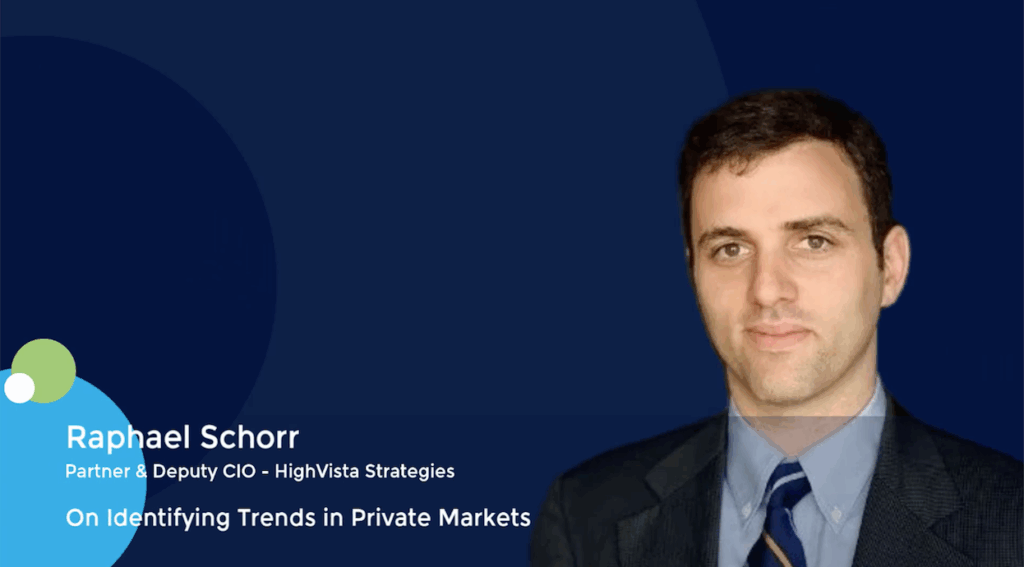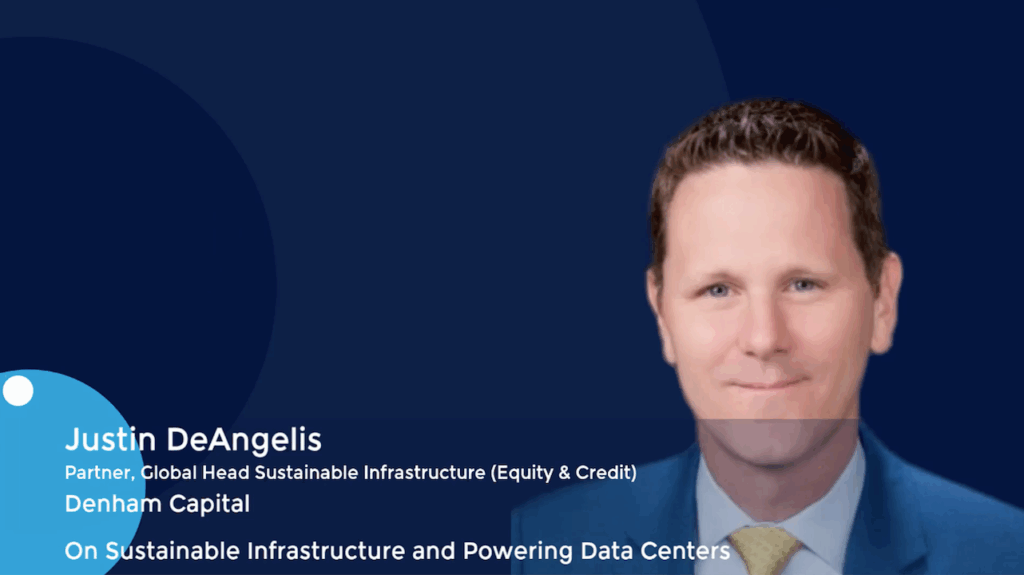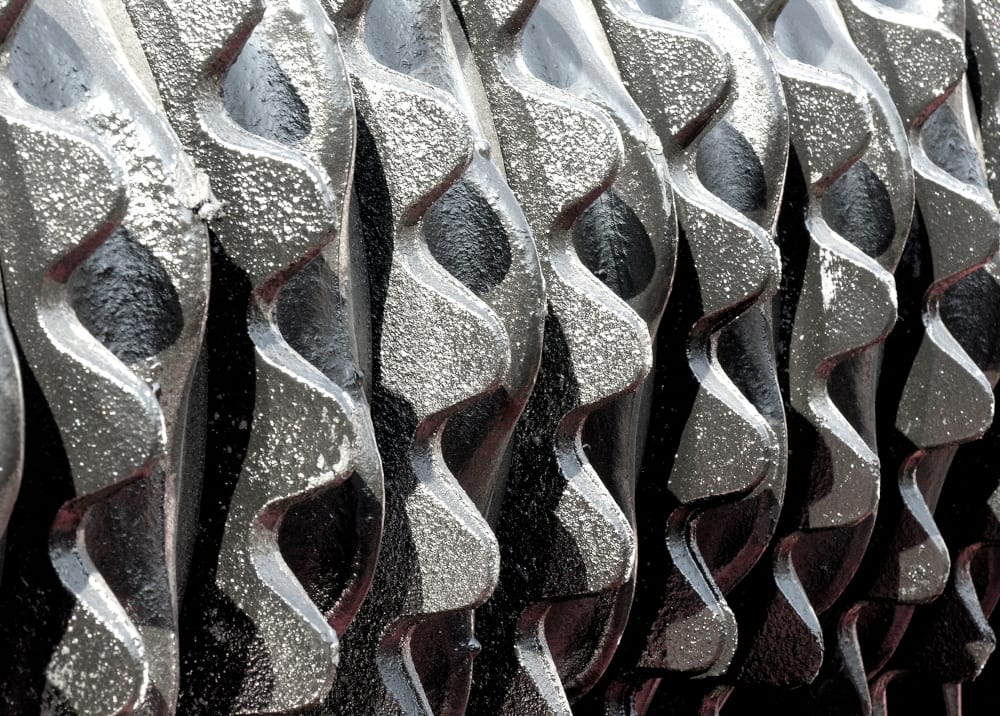GP Profile: Manulife rides GP-led 2.0 wave, seeks trophy assets for continuation vehicles
- Strategy focuses on GP-led deals for buyout, growth funds in North America, Europe
- Concentration is a key principle, with preference for underwriting single-asset CVs
- Manulife expects to return to market in early 2025
Secondaries market veterans Paul Sanabria and Jeff Hammer moved to Manulife in late 2019 with a clear vision: to build a team that would focus exclusively on GP-led secondaries.
The pair had been business partners for over two decades, most recently as co-heads of Houlihan Lokey’s illiquid financial assets practice. They were convinced that the GP-led secondaries market represented a “unique and important” new strategy as returns diminished in the traditional LP-led market.
“We asked for three things,” recalled Sanabria, Manulife’s global co-head of secondaries, in an interview with Mergermarket. “Number one was the working capital to build a team as we knew dedicated resources were required. Number two, we wanted to focus exclusively on the GP-led opportunity. And the third thing was we didn’t want to put off investing on day one and be distracted by a prolonged fundraising.”
Consequently, they built a team to focus on GP-led opportunities at a time when more sponsors were starting to turn to secondaries as a liquidity option. Initial investments were made using a USD 500m allocation from Manulife’s balance sheet. When they started raising third-party capital, those assets were used to seed the fund at what Sanabria describes as “advantageous pricing.”
Manulife’s debut Strategic Secondaries Fund achieved a final close in April with USD 610m in commitments and a mandate to target continuation vehicles with three or fewer assets. LPs include US and Asian pension funds, insurance companies, and foundations. There is an aggregator program for high-net-worth investors, but its contribution to the fund is relatively small.
Given its head start, deployment of the fund is reasonably advanced. “We’ll continue to deploy over the course of the remainder of the year, and then I suspect that we’ll be back in the market in the first quarter of next year,” said Sanabria.
The rise of GP-led 2.0
Increasing sponsor adoption of continuation vehicles and other secondary solutions for so-called trophy assets has created an opportunity that Sanabria characterizes as “GP-led 2.0.” The evolution of this trend can be traced back to the pandemic, when lockdowns prompted a freezing of M&A markets, effectively closing off traditional exit channels.
“COVID was a great accelerator because the deal economy shut down, so there was a need for portfolio company exits, and at the same time the pandemic extended the timeframe for value creation,” he said.

Paul Sanabria, Manulife’s global co-head of secondaries.
The initial wave of GP-led secondary transactions that kicked off in the years following the global financial crisis – typically referred to as fund restructurings and recapitalizations – were intended to release assets trapped in funds. Quality was sometimes questionable. In GP-led 2.0, it is not.
Manulife is seeing this opportunity set creep into the middle market, as liquidity concerns spread. The pressure is such that some high-performing assets are being put on the block.
“While all sponsors have the need for DPI [distributions to paid-in], often this is more acute for small to mid-cap sponsors than for large-cap sponsors,” explained Sanabria. “It is amplified because the traditional way in which sponsors exit companies is very challenging. GP-led secondaries are a way to manufacture an exit and provide liquidity for both sponsors and LPs.”
Manulife focuses solely on buyout and growth funds. In terms of geography, the firm prefers North America and Western Europe—it draws comfort from these markets acting in similar and predictable ways. Asia isn’t on the agenda, despite Manulife’s 100-year history in the region, because deal flow in core North American and Western European markets is so strong.
A key principle of the secondary strategy is concentration. Manulife caps exposure to individual investments at 5% of capital under management, which is seen as high by industry standards but necessary to achieve the kind of returns the firm is targeting.
“We underwrite concentration at the investment level, and we manage risk through diversification at the portfolio level. We think it’s the right approach for GP-led secondary investing as it often leads to higher asset quality and stronger sponsor alignment,” said Sanabria.
Portfolio construction
To date, Manulife has made 18 investments – across single-asset and multi-asset deals – that offer exposure to 45 companies. Deployment per transaction is typically in the USD 35-USD 75m range.
“Historically, we are syndicate investors on the larger end of the scale, and we will lead or co-lead club deals in the lower middle market and middle market,” said Sanabria.
For example, in 2022, the firm was co-lead – alongside BlackRock – in a continuation vehicle for Zenyth Partners, a healthcare-focused lower middle market sponsor. The transaction comprised minority stakes in three portfolio companies from Zenyth’s debut flagship fund.
Manulife’s strategy leans heavily on a rigorous deal-sourcing process. The team has reviewed more than 750 GP-led opportunities over the past four years at a rate of about three to four per week. Proposals tend to come from the advisory community or from sponsors directly, and sometimes from other secondary investors.
“We were bankers at one point in our life, and for any deal that went out of the door, we always used to say there could be four, 12, or 40 counter-parties on the buy list,” said Sanabria. “To be on there, you need to be relevant to the banking community, so we’re very active in our coverage model all the way down to our most junior people on our team with coverage responsibilities.”
Sponsors often become a source of deal flow after hearing Manulife “evangelize” secondaries. The firm believes this channel still has much give, with many sponsors still getting up to speed on their liquidity options and on the challenges involved in executing a GP-led secondary transaction.
Regarding the third channel, Sanabria described the secondaries community as collegial and generally willing to share investment opportunities. “Almost all of these GP-led secondary investments are executed with multiple parties, sometimes a lead syndicate on the larger end of the market, and much more club-like on the mid to smaller end of the market,” he said.
Supply-demand mismatch
With the secondaries market poised for continued expansion, one of the main developmental bottlenecks is insufficient capital, as Mergermarket has reported.
Sanabria echoes this view, pointing to increased specialization and stratification within the investment community as a remedy to the supply-demand mismatch. He envisions a market in which investors allocate separately to LP-led and GP-led strategies, otherwise known as “levered beta” and “unlevered alpha,” which will prompt larger managers to organize teams and products under specific verticals.
At the same time, new entrants will bring more capital. Sanabria referenced suggestions by some industry participants that a dozen sponsors from traditional direct equity investment backgrounds will launch GP-led secondary strategies over the next few years. He believes such developments are a natural consequence of the market opportunity being fully validated.
“Recent studies by some of the banks are starting to demonstrate realized premium returns from GP-led secondaries,” Sanabria said. “That’s one of the key indicators LPs are seeking. Once this happens, there will be more capital available to allocate to the strategy.”










